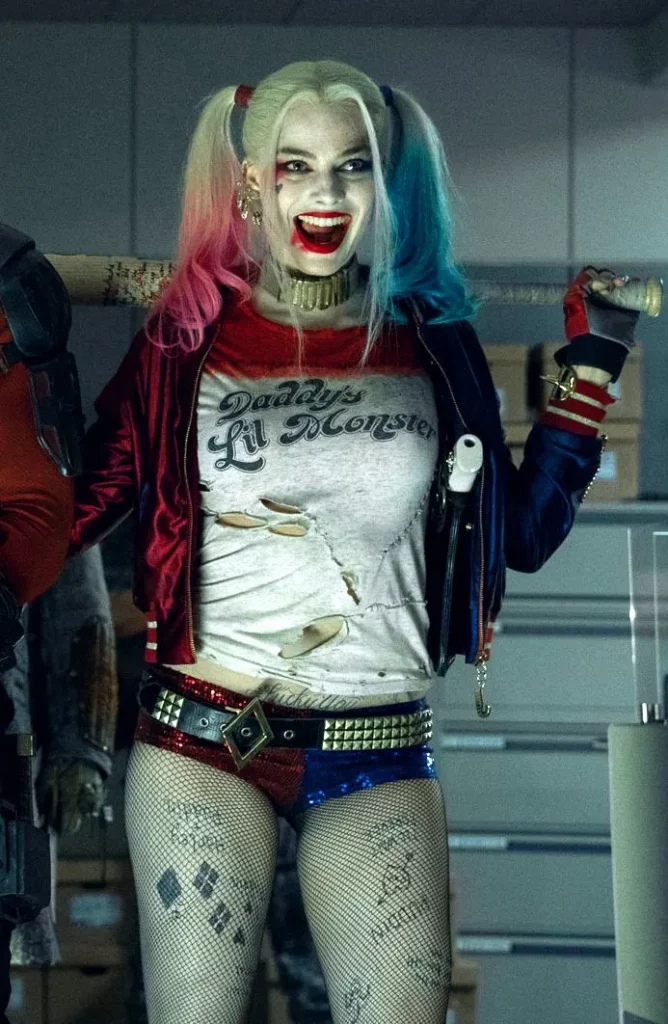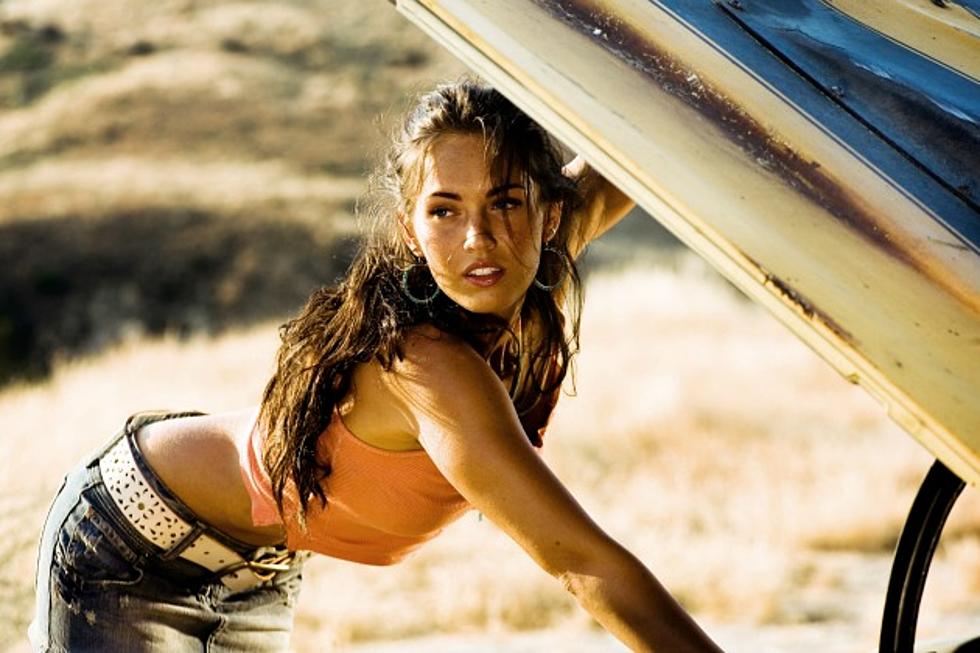The camera pans slowly, tracing the outline of the woman’s body, pausing intentionally to accentuate her curves, taut stomach, and of course, her questionably cropped shirt and tight shorts. Then finally do they show her face.
It’s this repeated act and inaccurate representation of women that has stayed prevalent throughout the decades of film, and I’m sure many of you are familiar with it. Within films, the role of female characters often rotate around serving as a sexual object to the male audience. Whether it’s the damsel in distress trope, the provocative montage or the noticeable lack of clothing, it is apparent that women are not only sexualized in real life but also in the media.
Why? Because for years, we have grown up looking through the tunneled vision that is the male gaze. Coined by Laura Mulvey, the male gaze is a term that addresses how heterosexual men perceive women where they are deliberately sexualized or seen purely as objects for pleasure in film. This term also suggests men’s general desires and needs, therefore, once a female character is introduced, they neglect her own wants and choose to carelessly zoom in on her body—what they distinguish to be her only defining feature.
In this theory, the men are the ones looking while the women are being looked at; this form of status normalizes women being objects of desire, to be ogled by men whenever they wish to do so. The male gaze doesn’t just bring to light the sexualization of the body, but also how females are portrayed in a more passive than active way.
Rotating around a three-point system, the theory focuses on the director, the character and the audience, which correspond around one fact: they are all male. It is known that in the media industry, most occupations are taken by men, therefore, the majority of films are filtered through the male gaze. This is thus exhibited as a societal norm since cinema largely influences its audience, conditioning us to believe that men’s desires are of more importance than women’s. Instead of humanizing a female character, they choose to objectify her. This unnecessary sexualization can be seen as a product of the unspoken rule of gender confines: men are heavily defined by their masculinity, and women their femininity.
A notable example of this gaze is in the 2016 film Suicide Squad directed by Dave Ayer, through the character Harley Quinn. In the movie, Harley Quinn was a largely sexualized character. Although she is meant to be portrayed as unhinged, her costume was an unnecessary addition to this personality. With a torn shirt, fishnet stockings and pants the size of underwear, Harley Quinn oozes sex appeal, especially with specific scenes intentionally focusing on her body. Instead of directing her entire body or face, they chose to pan on her bare legs and above as she is seen seductively bending down. In one scene, as the crew changes outfits, the sexualization of Harley Quinn is made blatantly evident as they linger on her barely-clothed body and assign, only her, to a skin-baring outfit. People even stop to stare at her.

Now that we’ve had a glimpse through the male gaze, the female gaze is surprisingly unalike. Since this theory of gaze in film defines the desires and perspectives of each gender, women tend to react in a more emotional way, pulling the strings of the heart. While the male gaze largely depicts women as targets for pleasure, the female gaze delves deeper, breaking through the bare surface that is lust as they find attachment in emotion. They humanize the characters, taking into consideration one’s feelings—something not often seen with the lens of a man.
And although less prevalent, men also experience their share of sexualization as well. In films like The Avengers, the ideal superhero body has also been flaunted, showcasing the muscled arms and toned abs. These types of scenes are not only incorporated for girls to fawn over but also for men to pursue after. As directors choose to exploit montages of shirtless men and the cliche of the brawny jock, this shapes an unrealistic standard of what the ideal man is supposed to be like. In such films, those who showcase extreme masculinity tend to be the heroes who ‘get the girl’, thus leading its male viewers to unconsciously adopt a similar mentality to pursue this unrealistic standard of ‘manliness’, the insecurities of toxic masculinity emerging as a product of this tainted mindset.
However, due to the fact that female directors only consist of the minority, their gaze isn’t as prominent in film, and not as fixed a theory as the male gaze. Despite this, there are still some films that accurately portray women and their independence. These films typically take a step beyond to focus more on the development of the character, wholly embracing the raw emotion felt. It’s more of a figurative journey through the mind than a literal one.
Taking Little Women as a precedent, this film, directed by Greta Gerwig, captures the story of a family in the 1860s. The female gaze is specially brought forth when Jo, embodying a defiant personality, chooses to seek a job, breaking free from the tight gender norms at the time. In the film, she mentions: “Women have minds and souls as well as just hearts, and they’ve got ambition and talent as well as just beauty. And I’m sick of people saying love is all a woman is fit for.” Here, we are introduced to a world perceived through the eyes of a woman and the barriers of their potential as they are confined to the acts of simply being loved and loving. However in Jo’s next line, she goes beyond just wanting to seek her own place in this world: “But, I’m so lonely.” Even though she cherishes independence, she is still struck baffled by the loss of affection in her life. This goes back to say that the female gaze isn’t a theory tailored just to spite misogyny, but it instead establishes a fresh view where women’s desires are acknowledged and not just beneficial to the male narrative.
While many may think so, the female gaze is not similar to the male gaze. The male gaze is constructed to place men’s desires at the forefront and favor masculine dominance, shackling women to face oppression along the way. On the other hand, the female gaze defies these careless representations of women, and chooses to carve a separate path subverting the norms of cinematic depiction. Instead of abiding by these gazes, male directors need to refute the idea of belittling women to sexual objects just to create buzz around their movies. Films need passion, intensity, and hidden meanings, not the prominent line etched to separate gender and their superiority.
